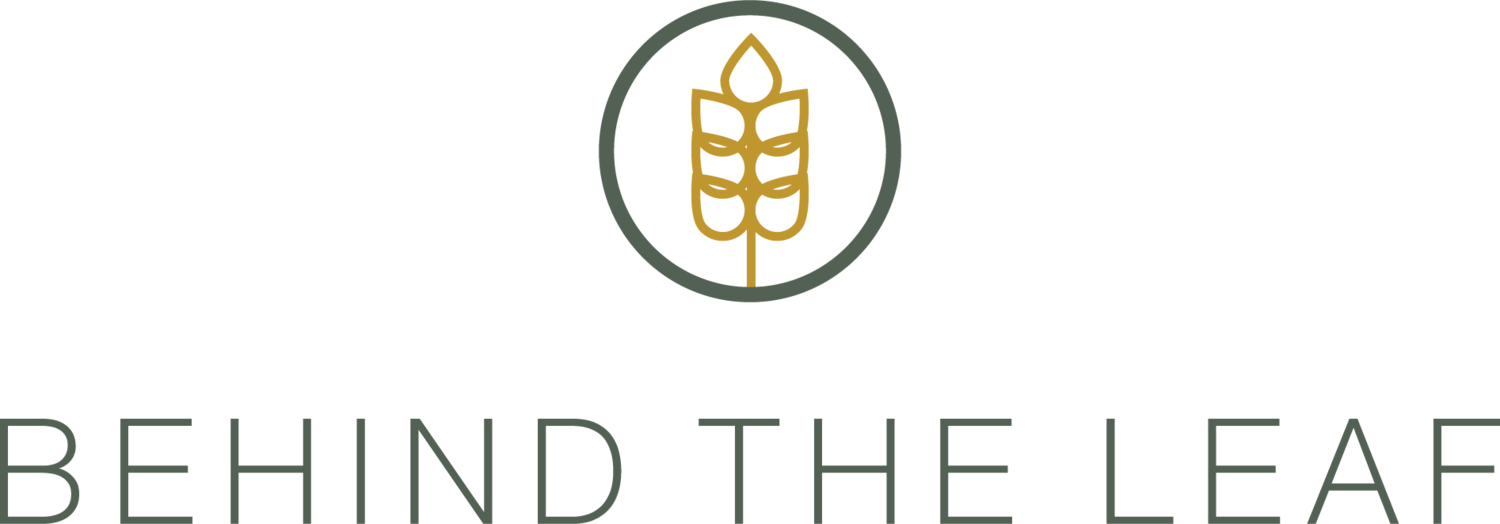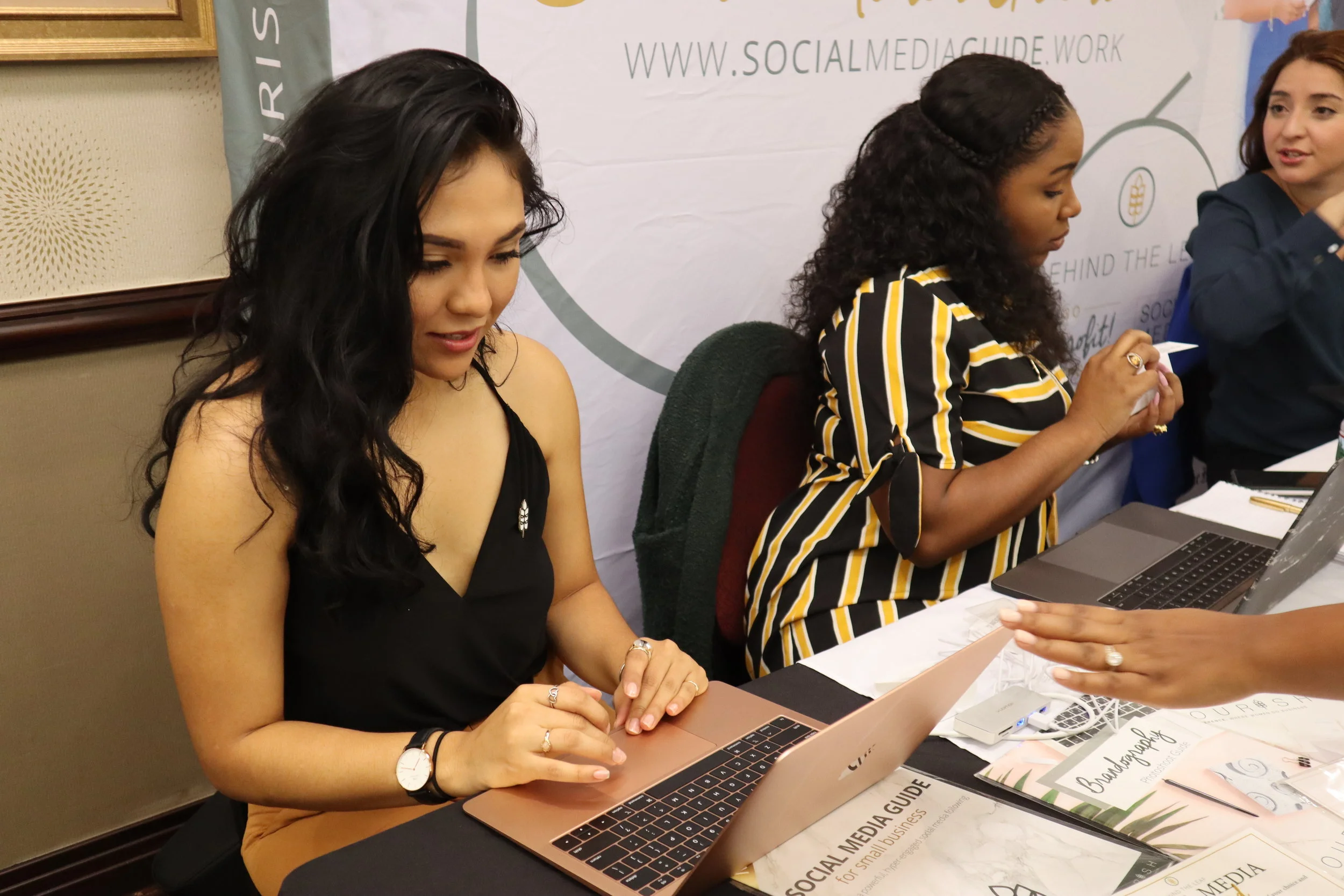Language for Branding- Part 1
This blog will be part of a three part series, so make sure to check in next week for part two!
Communicating your brand essence to a Designer
You have something in your mind. You know exactly what you want to portray. You tell the designer you are working with, and guess what? That is not what you needed. Something definitely got lost in communication. Most likely, you are speaking two different languages, artist jargon, versus business owner jargon.
First it is always a good idea to tell your designer what your aesthetic is. In general everyone has different taste and a different audience. You need to make sure the designer is aware of what your audience is like and what you like. If you are trying to attract children, the graphics are going to look completely different than if you are trying to target retirees. The same can be said about taste, what do you like? Do you want to look serious and polished? Or do you want to look fun and exciting? Do you want to look calm and relaxing?
That is just on the surface, next is technically. The designer now needs to know what you have used in the past, meaning, colors, fonts (typefaces), pictures, and the most important of all logo.
Logo- Your logo is the face of your brand, if you already have one, you must give your designer a vector file of it to work it in. Vector files are usually in .ai .eps or .pdf format. If you do not have that, and only have a .jpg or .png file. More than likely it can lose quality when resized.
Typography- what are the typefaces you have used in the past that have worked for you. What fonts specifically you would like to see, Futura Light? Garamond Bold? Make sure you state the weights of the typeface you prefer, it makes a big difference in the tone of your graphics.
Color- each color has a meaning and can really tell a lot about your brand’s personality, make sure you tell the designer what specific green you used. Look into Hexachrome color codes, and pantone colors, if you do not have those, typically your logo can lead you the right direction.
Once the designer and you know what your brand essence is all about, then we can go into what we are actually making.
Graphics with a purpose Part I
Now what we need to discuss is what is the purpose of the graphic, what are you getting done here? Where is this going to go? If you are making something strictly for the web, then there is a completely different color format designers use than print. If something is intended to be see on a phone, it is a lot more intimate and close up than a television ad. So you need to be clear on what you are doing and for what purpose.
PRINT- If you are making anything printed, there are typically a few categories that business graphics can fall into:
Posters- Usually vertical meaning they are taller than wide. Standard sizes are usually 18x24 or 24x36 inches. Sometimes printed to be outside, like in bus stops, which means it needs to be clear even if an audience only sees it for a few seconds. If it is going to be inside, or somewhere like a waiting room, then people have more time to read it, and perhaps can have more information.
Billboards- billboards are typically ads that are read from cars. A lot of the times they are placed inside garages, on benches, or on the side of the road. These are typically designed to be looked at in fraction of seconds, so your designer typically would avoid putting too much into it, try to keep it to a picture, headline and call to action.
Signs- these are different because they have different types of signs. You can have a marquee sign, a yard sign, a way finding sign, and so many more. For these the designer needs to know what size and whether it is going to be lit from the back or not.
Flyers- Standard flyer sizing is usually around 5x7 inches unless you are making something that needs more copy, in which case, letter size or 8.5x11 inches is typically done. If the flyer is professionally printed it needs a bleed area and is typically front and back. However, if you are printing in your office, then we recommend letter size.
Brochures- Standard trifold brochures are rarely printed now, unless you have a lot of imagery to show, there is rarely a need for these types of prints, but if you do need them, be very specific as to what you are looking to achieve with this. What information is the most important, and make sure you have clear contact information printed. You also have booklets and other sizes of flyers that you also need to be as specific as possible. Collect all the images you want to show in one folder and have all the copy ready for your designer.
Letterheads and Business cards- These should be professionally printed. You want to make sure you do not have a strange white border on these. To look as polished as possible be clear with your designer where you are printing. They can usually verify the bleeds and ensure you have a polished file to use.
For any project before you start, be clear on where this is going to go, where this will be distributed, who is this targeting and what size it needs to be printed in.





